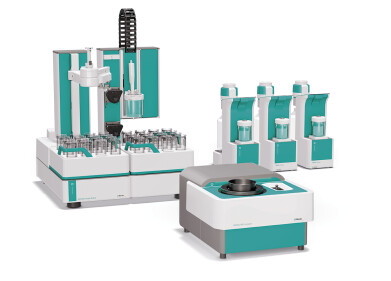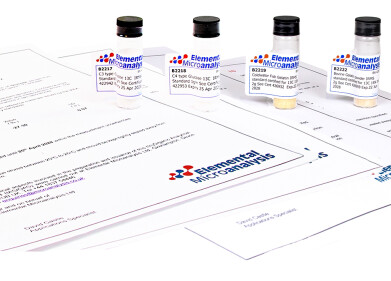Mass Spectrometry & Spectroscopy
Could a Fat Cell Transplant Help with Diabetes?
Sep 26 2020
In a breakthrough for obesity and diabetes, a team of researchers at the Joslin Diabetes Center in Massachusetts has developed a potential therapy that involves replacing human white fat cells with HUMBLE fat cells. Using CRISPR, the team genetically modified white fat cells to create replicas that burn energy, as opposed to storing it.
The new cells were created by extracting underdeveloped white fat cells and using CRISPR technology to boost expression of UCP1, a gene that transforms young white fat cells into brown fat-like cells. The new cells are known as HUMBLE cells and offer the same energy-burning capacity as brown cells.
Combating the global obesity epidemic
As the main cause of type 2 diabetes and a slew of other chronic illnesses, obesity is considered a global epidemic. Around the world, WHO estimates more than 300 million people fall into the obese category. The cell-based therapy developed at the Joslin Diabetes Center could emerge as an exciting new treatment for the disorder, with Senior Investigator Yu-Hua Tseng, PhD explaining how replacing white fat cells with energy-burning brown fat cells could help reduce excess glucose and lipids in the blood and as a result, treat metabolic diseases such as diabetes.
The findings were published in the Journal Science Translational Medicine, with Tseng explaining how obese and overweight people generally have less energy-burning brown fat cells. Replacing white fat cells with genetically modified HUMBLE cells could help boost the body’s energy burning potential and help the body shed weight.
A breakthrough for obesity and diabetes research
The concept was tested on mice, with Tseng and her team reporting positive results. When fed high fat diets, mice with HUMBLE fat cell transplants were more sensitive to insulin and more efficient at clearing glucose from the blood than mice with original white fat cells. Both are key functions that are compromised in patients with type 2 diabetes. Furthermore, mice that received HUMBLE fat cell transplants put on less weight than those with preexisting white fat cells.
“Cells in different tissues communicate with each other," explains Tseng, who also works as a professor of medicine at Harvard Medical School. “In this case, we found that our transplanted HUMBLE cells secrete a molecule called nitric oxide, which is carried by red blood cells to the endogenous brown cells and activates those cells.”
Tweaking cells to boost UCP1
Eventually, Tseng and her team hope the HUMBLE technique could eventually be used to replace white fat cells with energy-burning brown fat cells. The procedure would involve removing white fat cells from the body, isolating and modifying progenitor cells to increase UCP1 expression, then returning the new HUMBLE cells to the body.
From diabetes research to food safety protocols, science plays a critical role in public health. To find out more about the latest rapid analysis and mass spectrometry techniques being used to monitor volatile aromas in beverages such as mezcal and tequila, don’t miss ‘Ambient Ionisation MS and GC-MS Analysis and Identification of Aroma Compounds in Agave Based Alcoholic Beverages.’
Digital Edition
Lab Asia 31.2 April 2024
April 2024
In This Edition Chromatography Articles - Approaches to troubleshooting an SPE method for the analysis of oligonucleotides (pt i) - High-precision liquid flow processes demand full fluidic c...
View all digital editions
Events
Apr 22 2024 Marrakech, Morroco
Making Pharmaceuticals Exhibition & Conference
Apr 23 2024 Coventry, UK
Apr 23 2024 Kintex, South Korea
Apr 23 2024 Seoul, South Korea
Apr 24 2024 Jakarta, Indonesia
.jpg)



.jpg)













